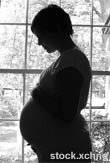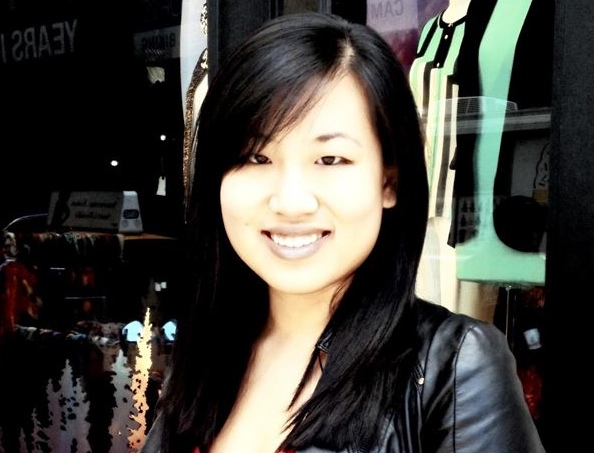Miscarriage, Birth Defects Linked with Cell Division Problem

Researchers have pinpointed a feature in the egg cell division process that plays a part in the chromosomal defects that cause miscarriage and birth defects, a new study suggests.
The finding applies especially to women over the age of 40, who have a higher risk of miscarriage than younger women, researchers said.
Men's sperm and women's eggs each contain half the number of chromosomes needed to fertilize an egg — so, upon fertilization, an embryo with the right number of chromosomes is produced. During this division process, the sperm and egg cells' chromosomes, which contain DNA, are supposed to align evenly. With sperm, cell division cannot continue unless the chromosomes are aligned properly.
But researchers have found that's not always the case with egg cells. In some cases, the egg cell will continue to divide even if the chromosomes aren't arranged properly, which can lead to an abnormal number of chromosomes, said study researcher Pat Hunt, a professor and reproductive biologist at Washington State University.
Offspring with an abnormal number of chromosomes often die in the womb , resulting in miscarriage, or are born with birth defects, such as Down syndrome, Hunt said.
"The paper demonstrates that they [the egg cell's chromosomes] don’t all have to be aligned, but the question now is why?" Hunt told MyHealthNewsDaily. "Why does the cell play by different rules?"
The study is published in the current issue of the journal Current Biology.
Sign up for the Live Science daily newsletter now
Get the world’s most fascinating discoveries delivered straight to your inbox.
The age effect
Researchers noted that these kinds of chromosomal defects are more common in the egg cells of older women than younger women. By the time a woman is in her 40s, about half of the eggs she is ovulating are likely chromosomally abnormal, Hunt said, whereas for women in their 20s, only about 10 percent of eggs are chromosomally abnormal.
"This finding provides a sort of unifying view, because it implies that it doesn’t matter how the division is disturbed — it could be from a loss of proteins, a change in the hormone environment or environmental factors that act to disrupt division, any of those things," Hunt said. "But in the absence of this type of tight cell cycle control to ensure all chromosomes are aligned, anything that disturbs the division becomes an important variable."
There probably isn’t one sole reason why a mother's age is a factor in healthy births, but chromosomal abnormalities likely contribute to all of the possible reasons, she said.
Explaining the abnormalities
Not all chromosomal abnormalities are the same. Some are deadly — about half of all miscarriages are due to chromosomal defects, Hunt said.
But some are compatible with live birth, including trisomies such as Down syndrome, Edwards syndrome and Patio syndrome, Hunt said. Trisomies occur when a baby has three chromosomes in a certain position in the cell that is only meant for two chromosomes.
People with sex chromosome disorders are also able to survive birth — such cases include females with only one X chromosome instead of two, or males who have one X chromosome and two Y chromosomes, when they are only supposed to have one of each, she said. However, sex chromosome disorders are usually manifested more mildly than trisomy disorders.
Researchers aren't completely sure why the egg cell may continue to divide even if its chromosomes aren't properly aligned, Hunt said. One theory is that the egg cell is a huge cell compared with other cells, which could harm the cell's signaling process, Hunt said.
"It's stockpiled with goodies that the embryo needs, and that may be part of the problem — it's sending the right signals, but it could be like a man crying in the desert," Hunt said.
There is no solution yet for stopping cells from abnormally dividing. But as more women postpone childbearing into their 30s and 40s, it's becoming increasingly important to find a way to minimize risks of miscarriage and birth defects, Hunt said.
"It's not that older women can't get pregnant and have normal children, but they have an increased risk of chromosomally abnormal conception that could lead to miscarriage, and it's harder to bring pregnancy to term with age," Hunt said.
Pass it on: Researchers have pinpointed a stage in the egg cell division process that is linked with miscarriage and birth defects.
Follow MyHealthNewsDaily staff writer Amanda Chan on Twitter @AmandaLChan.
This story was provided by MyHealthNewsDaily, a sister site to LiveScience.










